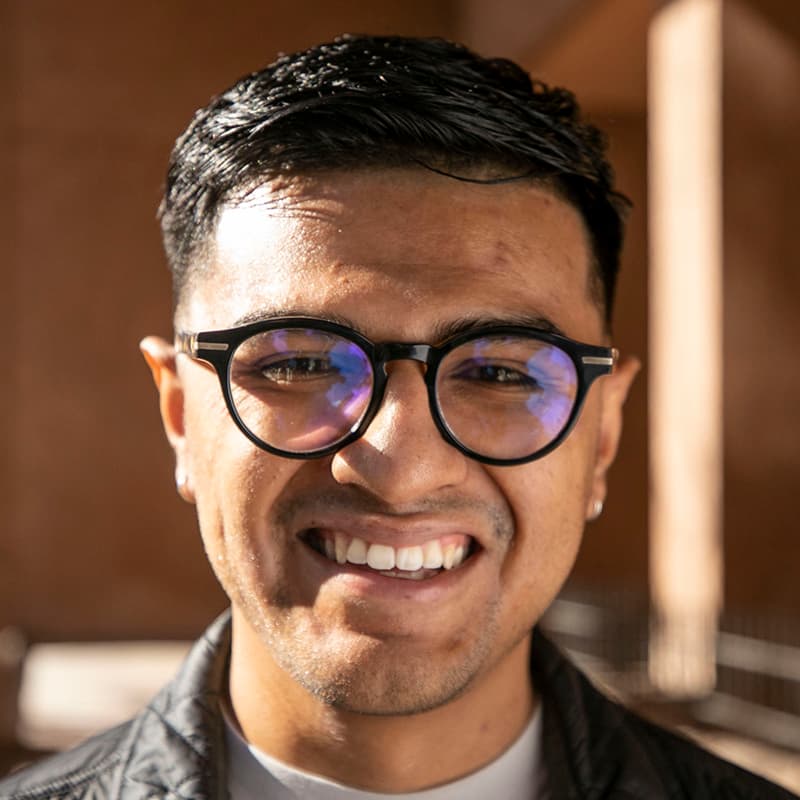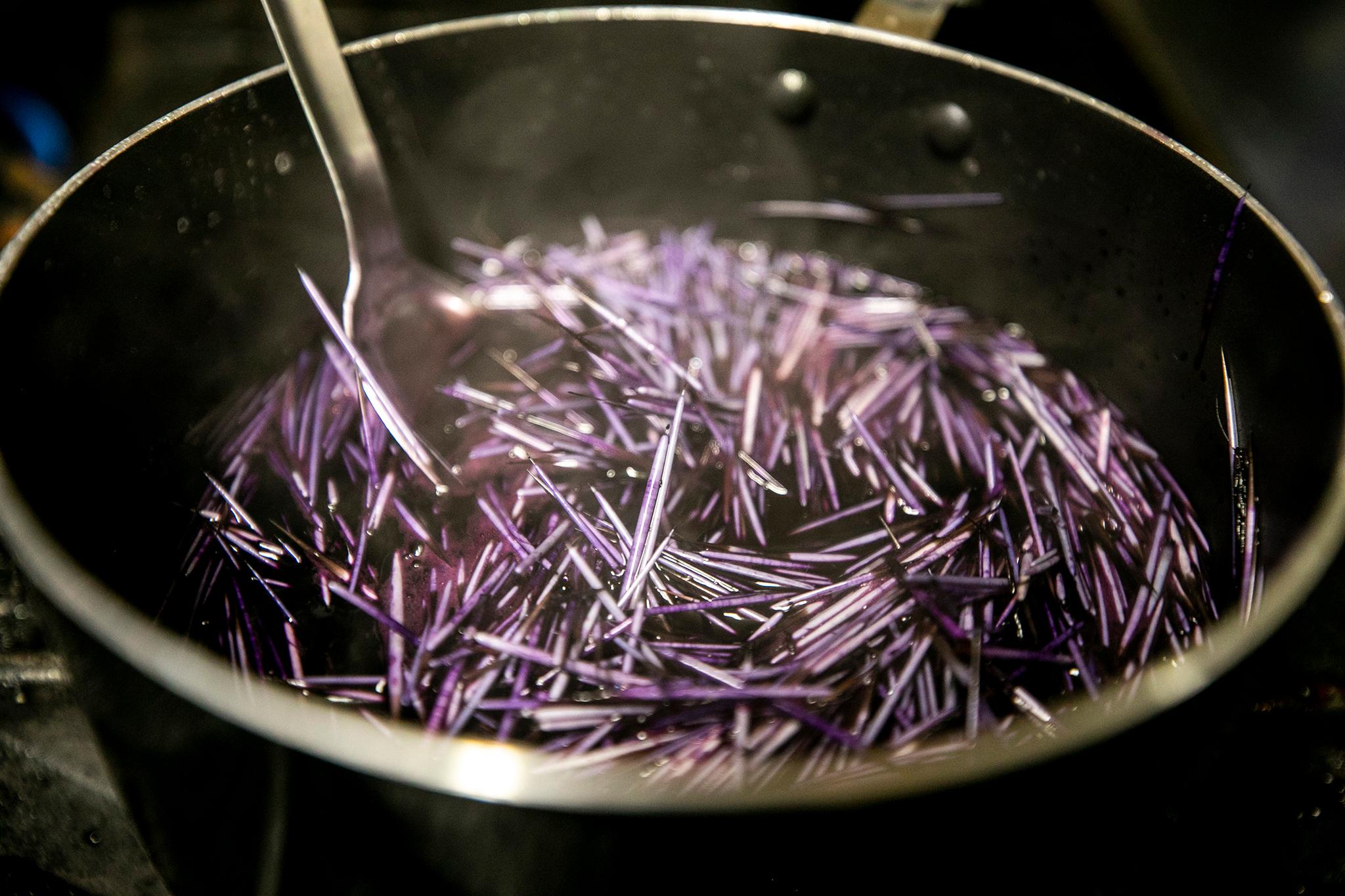In the kitchen of Four Winds Indian Center (205 W. 5th Ave.), Christine Featherman, 17, is cleaning and dyeing porcupine quills that were harvested from the body of the Denver Zoo's porcupine, Quill.
She empties a plastic container full of white quills into a boiling pot of purple dye. It's important to stir and push down into the dye, she said, so that the color properly sticks to each individual quill.
"I've been watching my grandma do this my whole life. This is something I take pride in," Featherman said. The quills are for students of an ongoing Quillwork workshop, the first which was this past October.
Native tribes and peoples practiced the artform for hundreds of years before Europeans arrived on the Great Plains.
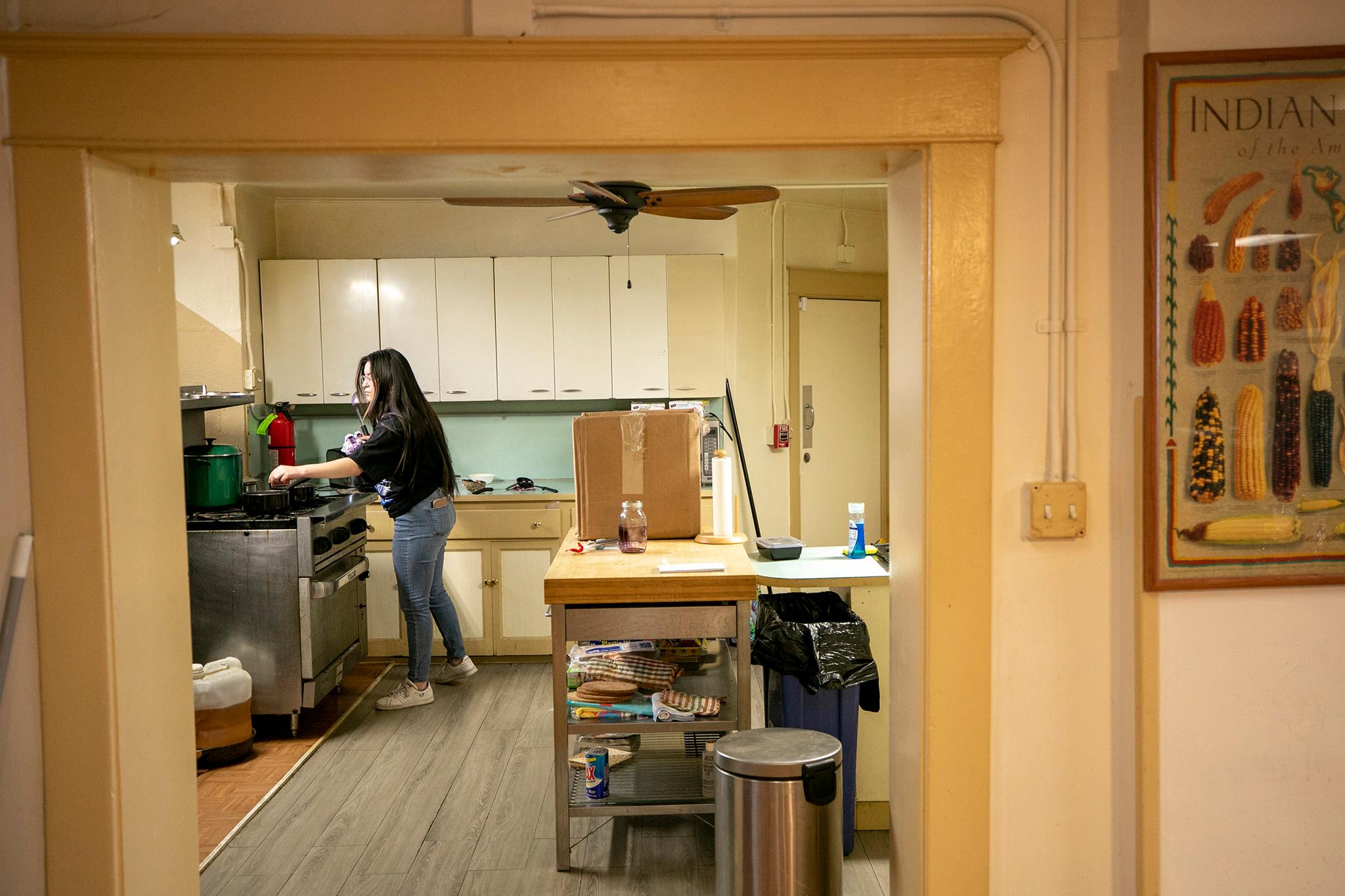
The class originally was born from Lakota artist Danielle SeeWalker's desire to learn quill work.
"For a while I thought, who would be willing to teach me?" SeeWalker said. Since porcupines are not in urban areas, she added, the art form is not as accessible and considered a dying practice.
That's when she met Cecelia Bernice Bull Bear at Four Winds American Indian Council. SeeWalker asked Bull Bear, an Oglala Lakota elder and quillwork master, if she would be willing to teach her the art form.
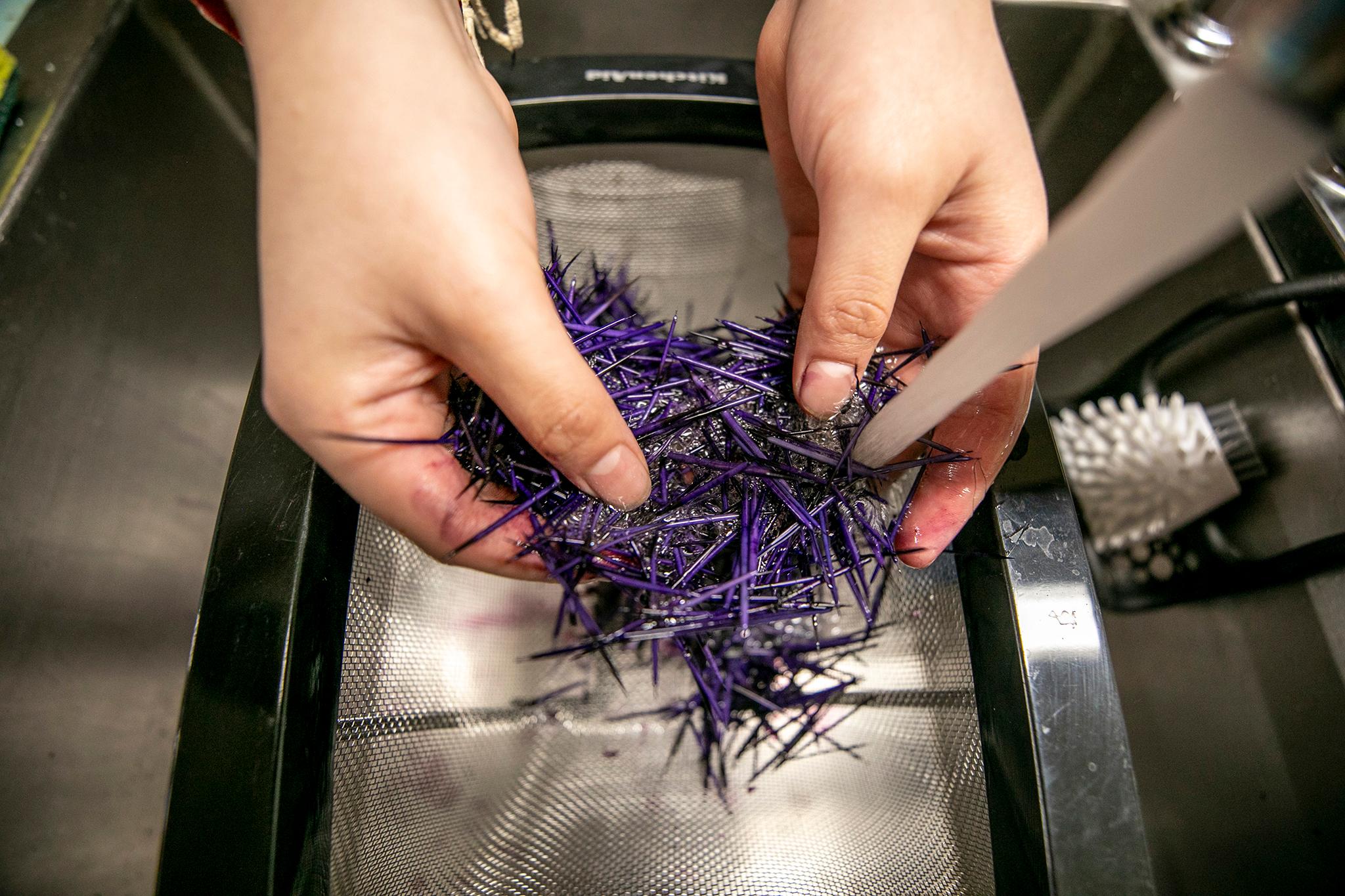
After securing a grant to fund the project, SeeWalker started hosting workshops with students interested in learning the quillwork.
And then came the news that, after 13 years in the Zoo, Quill the porcupine died in January of advanced liver failure. When SeeWalker heard this, she quickly reached out to the zoo.
"It was great timing. We invited people from our class to come along and harvest its quills," SeeWalker said.

Amari Archambault, 19, was one of the students that was part of the zoo experience. She's been attending these quill workshop classes with her grandmother.
To make it easier to remove its quills, they let the body rot.
"I've never harvested an animal like that before. We said a prayer, did introductions, and took turns learning to remove the quills," Archambault said.
Marsha Whiting, 51, also attended the harvesting experience. Praying for the animal and its quills stood out most to her.
"The respect for the animal that everyone had, to pray for the animal to give us his quills, it was really cool to be able to see the source of the project," Whiting said.

"After doing beadwork for so long, I was ready to learn something new," said Rhonda Standing Bear, 38, who was attending her fourth class with Bull Bear.
Bull Bear teaches students what good quills look like, what to look for and the history behind the artform. Students use raw hide and quills to create bracelets, necklaces and earrings.
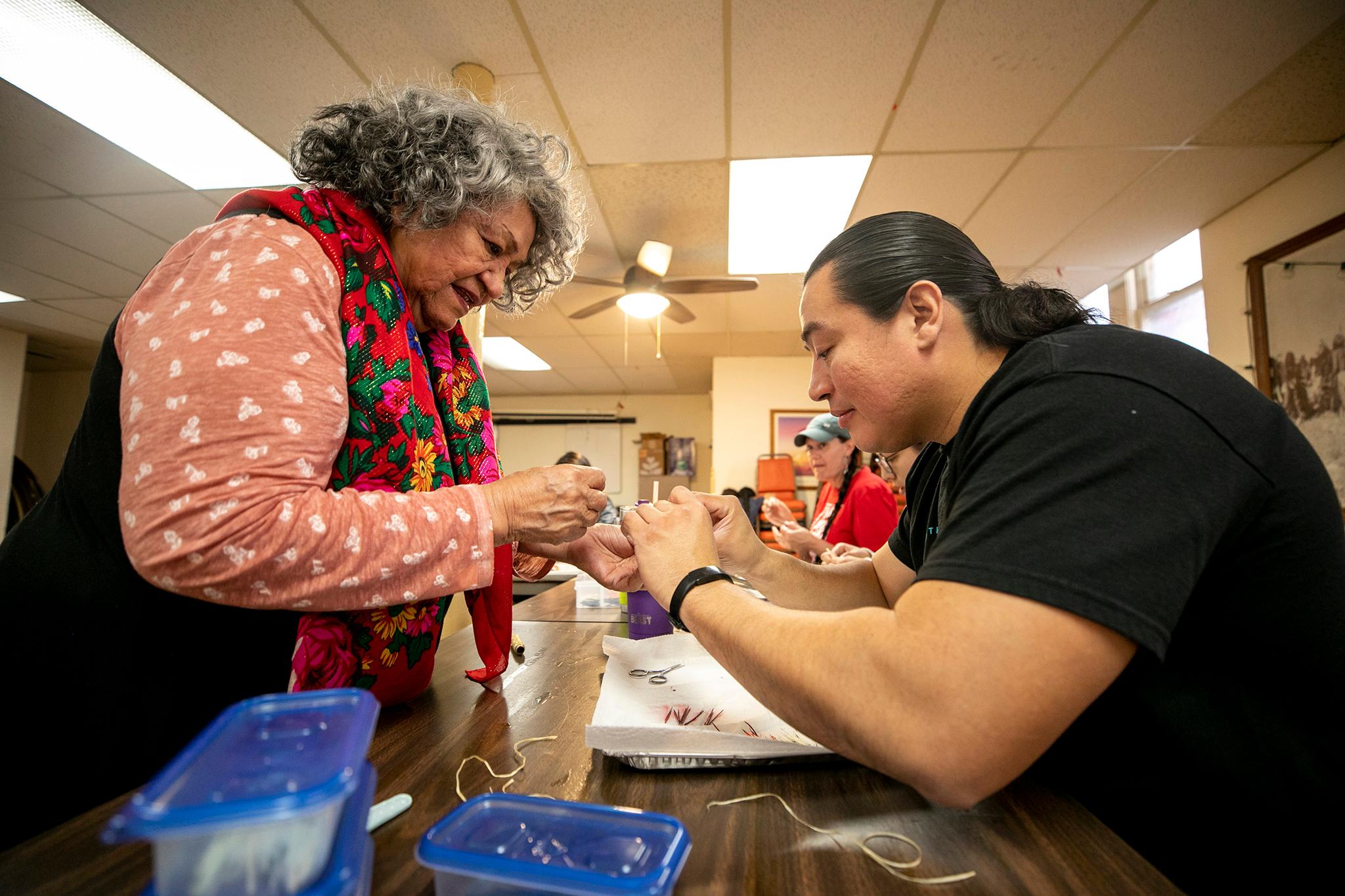
"You always have to be positive when you are working with quills. We want everyone to be blessed, love each other and be kind and respectful," Bull Bear explained.
At the start of the class, Bull Bear noted how proud she was of her students, acknowledging how each person was at a different stage in the learning process.
"These are my students and we all help each other," Bull Bear said.
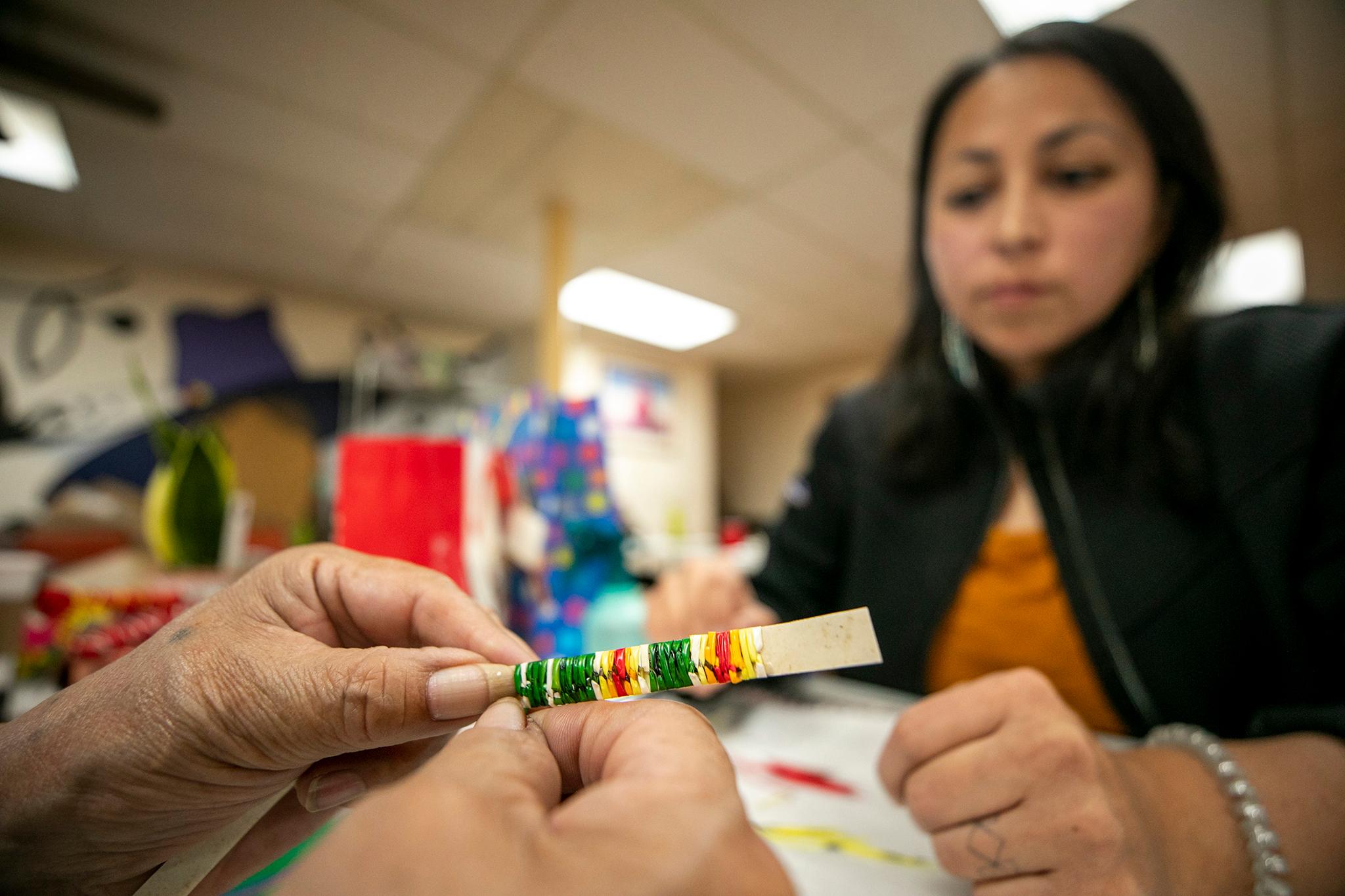
Rich Cornelius, 51, was attending his fourth class. He said that "Everybody looks for community. For Native Americans, that can be hard to find."
He added: "This class has felt like what I did on my reservation before I moved to Denver."
Mar Williams attended the harvesting experience and they remember the massive amount of quills the animal had.
"Being able to be in this larger Native community, it does instill respect for the animal and the art form," Williams said.
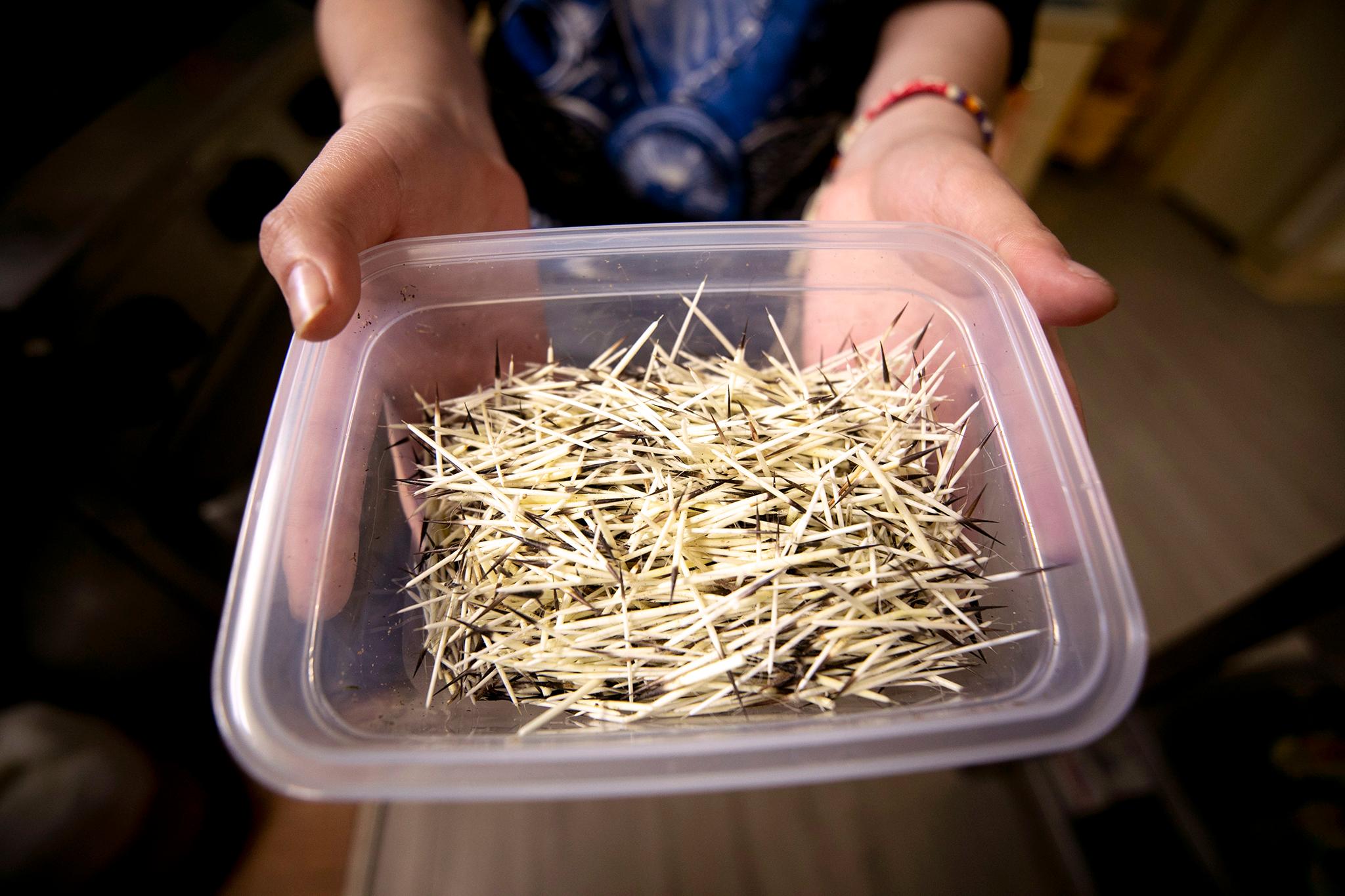
"It puts into perspective your place. We don't run the earth. We have a place and a responsibility. We have a spot with creation," Cornelius said.
SeeWalker said there's a waitlist for future classes, though people from Native tribes will be given priority for these, and that securing funding will be key to any decisions about expanding availability.
